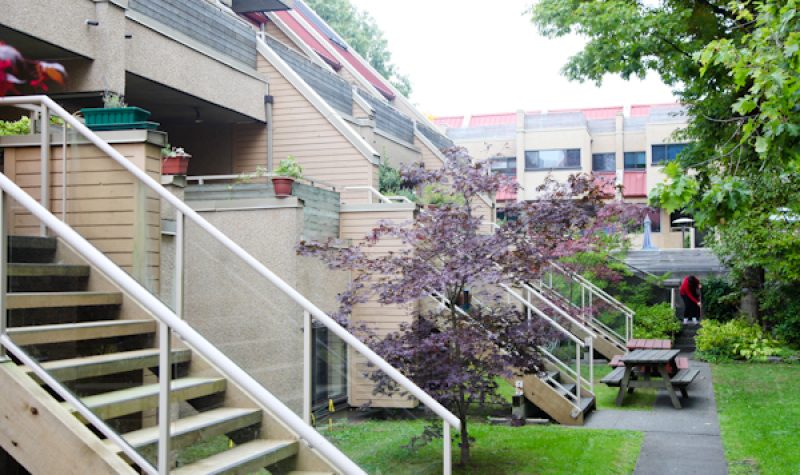By David P. Ball
---
A new report from the Canadian Centre for Policy Alternatives B.C. office has found turning over housing developments to non-profit builders instead of companies could massively reduce rents. And the savings could be even greater for those at the lowest-incomes if there's a means-tested subsidy within buildings, similar to how cooperative housing models work.
The report, released last week, crunched the numbers of development costs for apartment housing in Metro Vancouver. The "How to build affordable rental housing in Vancouver" study found significant savings by going with a non-profit developer, saving the estimated 15 per cent markup for private profits. And getting land for free owned by governments, churches or nonprofits would add even more to the savings, as well as building with wood instead of concrete.
Marc Lee, senior economist at the Canadian Centre for Policy Alternatives and author of the study, explained his methodology to The Pulse on CFRO and why he hopes governments are listening if they truly want to build affordable housing.
"We are often told that building affordable housing is just too expensive," Lee said. "There is some truth in each of these explanations, but to really get a major build-out of affordable housing we need to stop relying on the current private, for-profit approach in BC and Canada."
He found that private real estate developers add so much to the costs of building housing that the rents have to be on average 43 to 49 per cent more in order to break even and pay a profit — that translates into roughly an extra $600 to $1,300 in extra month every month.


